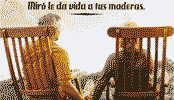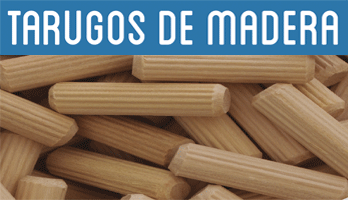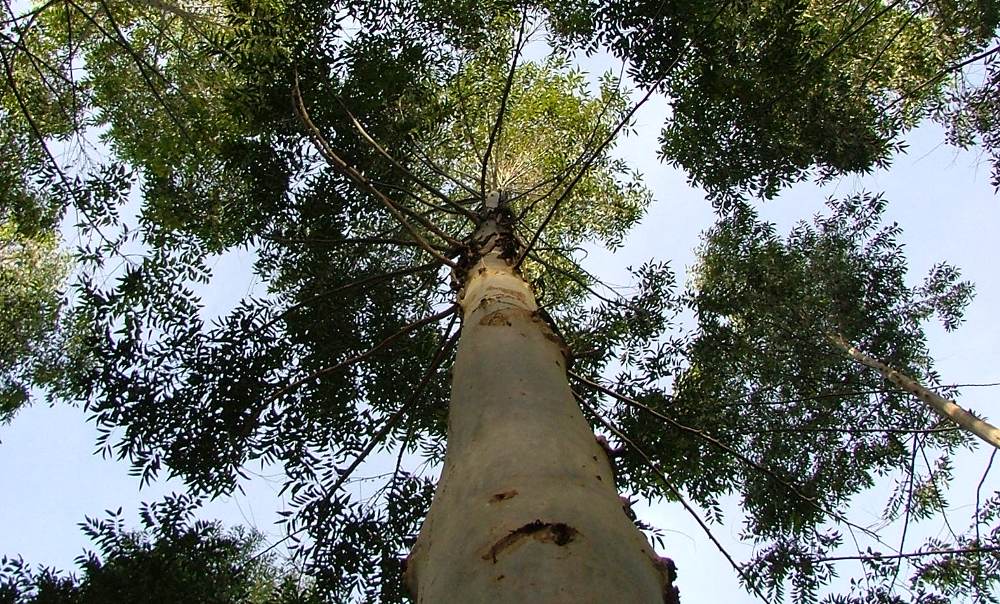
The exotic eucalyptus
The agronomist engineer and forestry-industrial consultant Daniel Maradei introduces himself into the debate on the species
"The important thing is not about defining the origin or provenance, nor the name that the crop adopts, the important thing is to plant it in suitable places and, fundamentally, to generate the work that our beloved Argentina needs so much," he reflects.
In the geological age in which we live, Eucalyptus and related species such as Corymbia have a natural distribution limited to Australia, with a few species growing naturally in Timor, Papua, New Guinea and the Philippines.
But it turns out that when the Roman surgeon Joaquín Frenguelli arrived in Argentina, like his friend and compatriot the entomologist Lamberto Golfari, they were passionate about paleontology. This is how in 1932 Frenguelli, in one of his numerous expeditions, found fossil remains at the confluence of the Limay and Traful rivers that turned out to belong to: oh surprise, EUCALYPTUS leaves and fruits!
More recently in Laguna del Hunco, in the province of Chubut, Gandolfo with a team of researchers from Argentina and the United States, including María A. Gandolfo and Elizabeth Hermsen -from Cornell University- in 2009 collected fossils, including fruits, structures of the branches on which the fruits were sustained, three buds and a flower.
In the meticulous analysis carried out after the discovery, specialists from the Pennsylvania State University, the Museum of Nature and Science in Denver, the University of Buenos Aires and the E. Feruglio Paleontological Museum of Argentina have also participated.
The identification of these fossils dating back 51.9 million years makes them the oldest scientifically validated eucalyptus macrofossils, and the only ones conclusively recognized as native to a territory outside of Australia.
The age and affinities of the fossils also indicate that the Eucalyptus subgenus Symphyomyrtus is older than previously assumed. Paleoecological data indicate that Patagonian eucalyptus dominated volcanically disturbed areas adjacent to standing rainforest surrounding an Eocene caldera lake. More than 12 million hectares of eucalyptus have now been planted worldwide, many of them in semi-arid regions. And there are no new deserts reported.
Another of the sterile discussions that arises from the same problem is the name of the crop. Is it an implanted forest, a mount, a forest cultivation?
Subsequent expeditions and studies, including with the participation of the Department of Ecology, Genetics and Evolution of the University of Buenos Aires (UBA), have confirmed that the materials are similar to the current Eucalyptus, sharing similarities with the closely related genus Corymbia.
So it is worth asking, are they exotic or native? Were they, are they or will they be?
Is an Araucaria angustifolia planted in Montecarlo, Misiones, native or exotic?
Hasn't the time come to put into practice that apothegm expressed years ago that you have to stop talking about trees, grab a shovel and start planting them?
The important thing is not about defining the origin or provenance, nor the name that the crop adopts, the important thing is to plant it in suitable places, so that it continues to be the most efficient manageable element of nature in sequestering atmospheric carbon, to avoid soil erosion, to protect other crops, to supply the multiple forest industries that add value to the wood and, fundamentally, to generate the work that our beloved Argentina needs so much.

IT MAY INTEREST YOU
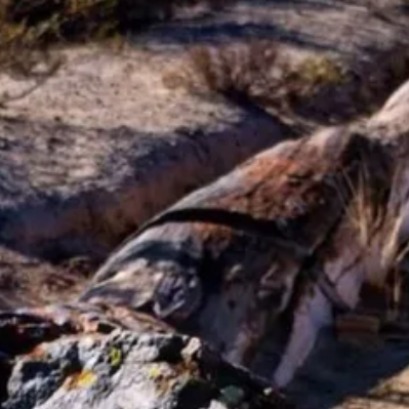 The forest of the oldest shadows: the story of the petrified trees
The forest of the oldest shadows: the story of the petrified trees
One of the natural treasures of Río Negro turns 23 years old under the protection law that allows its conservation. Where it is and how it was formed. Río Negro celebrates 23 years of conservation in the petrified forest as a Protected Natural Area (ANP). It is a space of 625 hectares that protects an exceptional site of fossil trunks that date back more than 60 million years.
 Combilift Unveils the 2025 Christmas video “Twelve Days of Christmas” – with a Twist!
Combilift Unveils the 2025 Christmas video “Twelve Days of Christmas” – with a Twist!
Monaghan, Ireland – November 2025
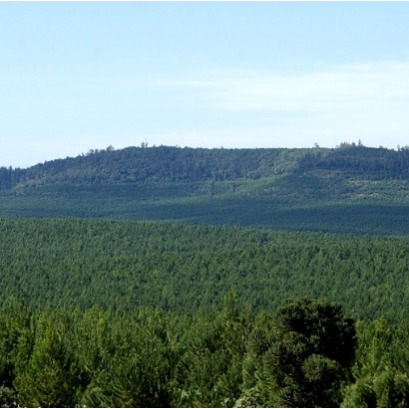 Free seminar on the implementation of the European EUDR regulation on deforestation-free wood products
Free seminar on the implementation of the European EUDR regulation on deforestation-free wood products
The Argentine Forestry Association (AFoA) organizes the seminar «EUDR in Forest Products: Current status of implementation. Regulatory requirements and private experiences", which will take place on Wednesday, November 26, from 11:00 a.m. to 12:00 p.m., via Zoom, with live streaming on YouTube. The European Regulation on Deforestation-Free Products (EUDR) will enter into force on December 31, 2025 and will impose new requirements for forest products entering the European Union market.












